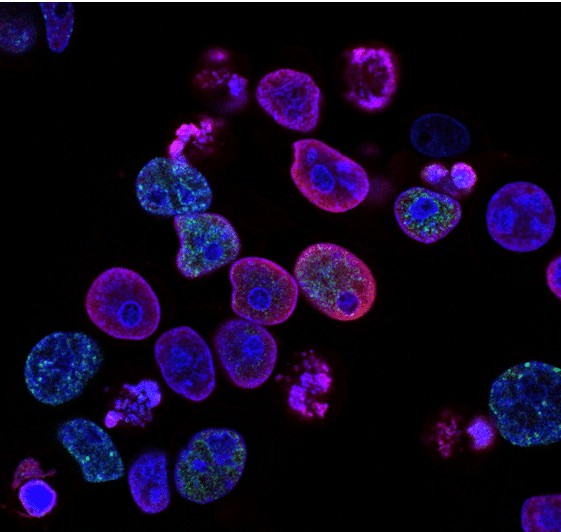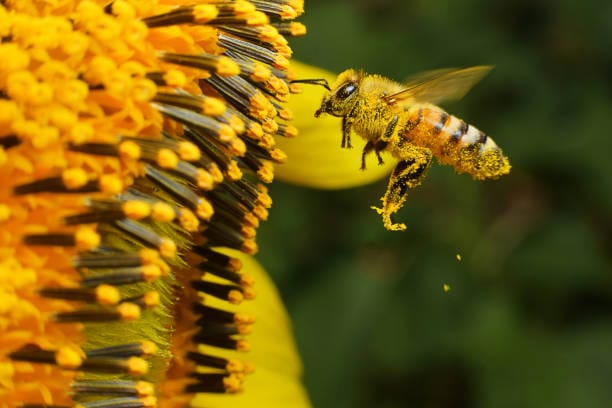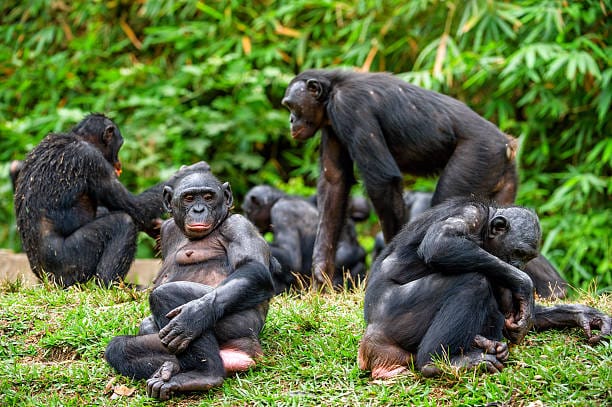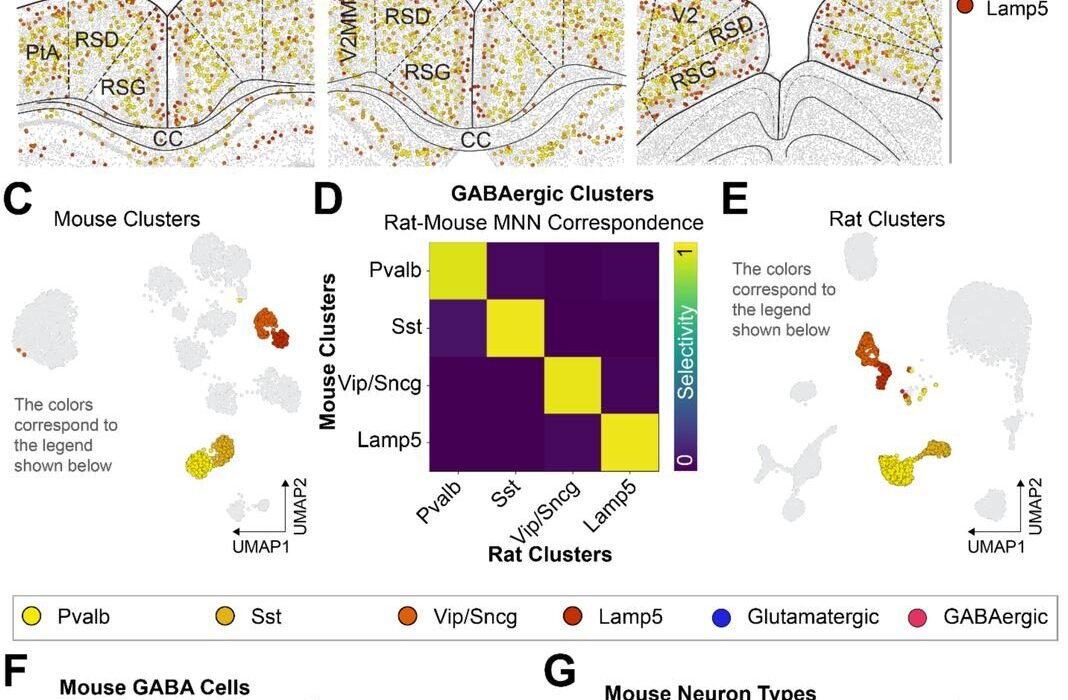Every breath you take, every sip of water, every handful of soil, every square inch of your skin—these are not just part of your world. They are also the domain of a thriving, ancient, invisible civilization: microbes. These microscopic organisms, bacteria and viruses and fungi and archaea, outnumber your own cells by orders of magnitude. They were here before us, and they will likely remain long after we are gone.
But until recently, this microbial world remained largely hidden. Traditional biology was limited to what we could grow in a lab, and most microorganisms are notoriously difficult—or even impossible—to culture in petri dishes. It was like trying to understand a rainforest by studying the animals that wander into your backyard. We knew there was more, something deeper and richer. But we didn’t know how to find it.
Then came metagenomics.
The Birth of a New Science
Metagenomics is the study of genetic material recovered directly from environmental samples. Rather than isolating and cultivating individual microbes, scientists extract and analyze all the DNA from a sample at once—whether it’s taken from ocean water, soil, the human gut, or the surface of a leaf. This approach, powered by advances in high-throughput DNA sequencing, allows us to peer into the complete community of microorganisms, even those we cannot grow or identify by traditional means.
The term “metagenomics” was coined in the late 1990s, but the tools needed to make it a truly transformative science only came in the early 2000s. As DNA sequencing became faster, cheaper, and more accurate, scientists could begin to unravel the tangled webs of life hidden in even the tiniest droplet of water or speck of dust.
Suddenly, the microbial world wasn’t just a backdrop to life on Earth—it was a central character.
The Microbiome Within Us
Perhaps the most profound application of metagenomics has been the exploration of the human microbiome—the community of microbes that live in and on our bodies. We are ecosystems as much as we are individuals. Trillions of bacteria live inside our digestive tracts, shaping our metabolism, immune system, and even mental health. Other microbes live on our skin, in our mouths, and in our lungs, silently maintaining equilibrium or—when things go wrong—contributing to disease.
Before metagenomics, we understood only a small fraction of this symbiosis. We could identify certain pathogens that made us sick or probiotics that might help digestion, but the vast majority of our microbial companions were simply unknown. With metagenomics, researchers could finally sequence all the microbial DNA in a stool sample or skin swab, identifying not just species, but genes, enzymes, and entire metabolic pathways.
The results were staggering. Our microbiome influences obesity, diabetes, cancer risk, allergies, autoimmune conditions, depression, and even neurological disorders like Parkinson’s disease. What we eat, how we live, the antibiotics we take, the people we touch—everything shapes the community of microbes within us, and they in turn shape us.
We are not alone in our own bodies. We never have been.
The Earth’s Genetic Archives
While the human microbiome drew early attention, metagenomics is not limited to the human body. The entire planet is teeming with microbial life, and metagenomics allows us to study it in unprecedented detail. Soil metagenomics, for example, has revealed astonishing levels of microbial diversity beneath our feet. A single teaspoon of forest soil can contain thousands of microbial species, many of them previously unknown to science.
In the ocean, metagenomics has uncovered complex microbial communities that drive global nutrient cycles, regulate carbon levels, and form the base of the food chain. Marine viruses, tiny and abundant, outnumber all other forms of life in the sea and play essential roles in controlling bacterial populations and facilitating gene transfer. We now know that microbes help regulate Earth’s climate, produce oxygen, and degrade pollutants. They are not just passive inhabitants—they are engineers of ecosystems.
Even in the most extreme environments—boiling hydrothermal vents, icy polar lakes, acid mine drainage, radioactive waste—metagenomics has uncovered life. These extremophiles have genes and enzymes that defy our expectations, pointing toward new kinds of chemistry, resilience, and even potential applications in biotechnology.
A New Lens on Disease
Metagenomics is not just about cataloging life—it is also a powerful diagnostic tool. Because it does not require culturing organisms or knowing what you’re looking for in advance, metagenomic sequencing can identify infections that other methods miss. It has already helped diagnose rare and mysterious diseases in patients whose symptoms defied traditional tests.
In one landmark case, metagenomic analysis of spinal fluid helped diagnose a teenager’s life-threatening meningitis caused by a rare amoeba—an organism no one had thought to test for. In another, it uncovered an unknown virus responsible for encephalitis. For patients with unexplained fevers, sepsis, or respiratory failure, metagenomics offers a chance at precision diagnosis when time is critical.
This approach is especially powerful during pandemics. During the early days of the COVID-19 outbreak, Chinese researchers used metagenomic sequencing to rapidly identify and publish the genome of the novel coronavirus. That data became the foundation for diagnostic tests, epidemiological tracking, and vaccine development. Without metagenomics, the global response would have been much slower and far less effective.
Agriculture Reimagined
Our farms are also microbial landscapes, and metagenomics is transforming how we think about agriculture. Plants interact with complex microbial communities in the soil and on their roots, leaves, and seeds. These microbiomes influence nutrient uptake, growth, stress resistance, and disease susceptibility. By understanding the metagenome of a healthy crop, we can begin to engineer more sustainable farming practices.
Rather than relying solely on chemical fertilizers and pesticides, farmers of the future may use targeted microbial inoculants—carefully selected communities of bacteria and fungi that enhance plant health. Metagenomics also helps detect plant pathogens before they become outbreaks, monitor soil health, and track antibiotic resistance genes in agricultural settings.
Even livestock benefit. The gut microbiome of cows, chickens, and pigs affects their growth, disease resistance, and environmental impact. Metagenomic tools help optimize feed, reduce methane emissions, and combat zoonotic diseases—those that can jump from animals to humans.
A Revolution in Biotechnology
The metagenomic world is a treasure trove of biological innovation. By exploring the vast, unexplored diversity of microbial genes, scientists have discovered novel enzymes, antibiotics, and metabolic pathways that can be harnessed for industrial applications.
One famous example is the discovery of heat-stable DNA polymerases from thermophilic microbes in Yellowstone’s hot springs. These enzymes became the backbone of PCR (polymerase chain reaction), a method now central to molecular biology, forensic science, and medical diagnostics.
Metagenomics takes this a step further. Instead of isolating organisms, researchers directly mine environmental DNA for genes that encode useful functions—like breaking down plastic, producing biofuels, or neutralizing toxins. These genes can be synthesized, studied, and repurposed without ever growing the source organism.
This is bioprospecting on a genomic scale—searching the world’s invisible libraries for the next breakthrough in medicine, chemistry, or energy.
Ethics, Ownership, and the Unknown
With great knowledge comes great responsibility. As metagenomics expands our capabilities, it also raises urgent ethical questions. Who owns the genetic material found in a rainforest soil sample? Should companies be allowed to patent genes discovered in the ocean? How do we ensure that metagenomic research does not become a new form of biocolonialism, where wealthy nations extract and profit from the natural resources of others?
Privacy is another concern. Human microbiomes carry identifiable information. Could they be used in criminal investigations, insurance decisions, or employment screenings? How do we protect individual rights in a world where our biological data is increasingly valuable?
Moreover, we must be humble. Metagenomics reveals the staggering complexity of life, but interpreting that data is far from straightforward. Microbial communities are dynamic and context-dependent. Simply knowing which genes are present does not always tell us how they interact or what their net effect is.
It is the beginning of wisdom, not the end.
Life Beyond Earth?
One of the most tantalizing implications of metagenomics lies not on Earth—but beyond it. As space agencies explore Mars, Europa, and Enceladus, the search for extraterrestrial life may depend on metagenomic principles. If life exists elsewhere, it may be microbial. And if we cannot culture it, we must detect its genetic fingerprints.
Metagenomic techniques could allow future probes to analyze alien environments for nucleic acids, biosignatures, or unknown forms of life. We may even discover that Earth’s extremophiles offer clues about how life began on this planet and where it might emerge elsewhere.
In this sense, metagenomics is not just a tool of biology—it is a bridge between planets, between origins, between the known and the unknown.
The Story Yet to Be Written
Metagenomics has already changed how we see life. It is revealing a world so intricate, so vast, and so interconnected that our old categories of species, individuality, and even life itself must be rethought. We are learning that health is not just about genes and cells, but about networks and ecologies. That ecosystems are not just forests and oceans, but guts and mouths and skin. That evolution is not a slow, solitary process, but a symphony of gene transfers, viral jumps, and communal adaptation.
And yet we are only beginning.
In the coming decades, metagenomics will inform personalized medicine, sustainable agriculture, climate resilience, and pandemic preparedness. It will guide how we eat, how we grow, how we heal, and how we explore. It may even help us find our place in the cosmos.
But above all, metagenomics teaches us humility. It reminds us that the greatest powers shaping life on Earth are not always visible. That the most essential knowledge lies in what we cannot see—but can now begin to understand.






